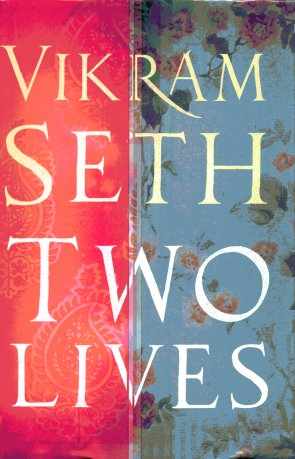- 상품이미지

- 상품명
- Two Lives
- 상품가격 :
33,540→6,710원- 적립금 :
- 60원
상품정보
상품상세설명
Review
From Publishers Weekly
Starred Review. In 1969, Seth, 17, came from Calcutta to London to continue his education and to stay with his Shanti Uncle and Aunty Henny. Their relationship became warm, and it is their stories (as well as his own) that Seth (A Suitable Boy) tells in this wide-ranging, unpredictable and moving account. Shanti was Seth's grandfather's brother, a dentist who studied in Berlin, lodging with Frau Caro, whose daughter, Henny, was in love with someone else. He left for Britain in 1936 because he couldn't practice in Germany, but in 1940, as war broke out, he enlisted, served throughout and lost his right arm in combat, a calamity for a dentist. Meanwhile, Henny, a German Jew, arrived in Britain weeks before war was declared, leaving her beloved mother and sister behind to death camp murder. "Vicky" interviewed his great-uncle at length, and part two of his narrative focuses on Shanti. Part three, Henny's story, even more unusual, is based on a trove of remarkable letters she received and wrote (she often kept carbons), many to friends in Germany during the war. Part four examines their marriage (they didn't marry until seven years after the war), and part five details a family mystery about Shanti's will and Seth's complex but beautifully lucid summation of his research into these lives. This lovely book, "memoir as well as biography," examines great and fearful events seen through extraordinary lives. In clear and elegant writing, Seth explores the macrocosm through the microcosm, resulting in a most unusual, worthwhile book. 3 8-page b&w photo inserts.
Copyright © Reed Business Information, a division of Reed Elsevier Inc. All rights reserved.
From School Library Journal
Adult/High School–At 17, the Indian-born author left his homeland to study at Oxford. He lived with his aunt and uncle, a middle-class English couple in every way except one–his Uncle Shanti was Indian and his Aunt Henny was a German Jew. Through interviews with his uncle and a trunk of correspondence from his aunt, he is able to tell their story. Readers learn that Shanti, a dentist, lost an arm, and that Henny lost all of her family during World War II. They learn the details of these losses and about the couples romance. Shantis story is told first and is in some ways very similar to the narrators. Hennys story takes up the majority of the book and consists largely of correspondence from before the war until several years after. Hers is mostly a Holocaust story that tells as much about the culture of the time as the woman herself. Finally, they marry, more out of convenience than love, but they stay contentedly together for more than 30 years. The final chapter, a discussion of their estate, seems somewhat rushed and tacked on after the slowly paced narrative that came before. Photographs are scattered throughout. The book is lengthy, but each fact shared is an important building block in telling the tale of this couple in the context of their era. A richly rewarding story.–Jamie Watson, Harford County Public Library, MD
Copyright © Reed Business Information, a division of Reed Elsevier Inc. All rights reserved.
